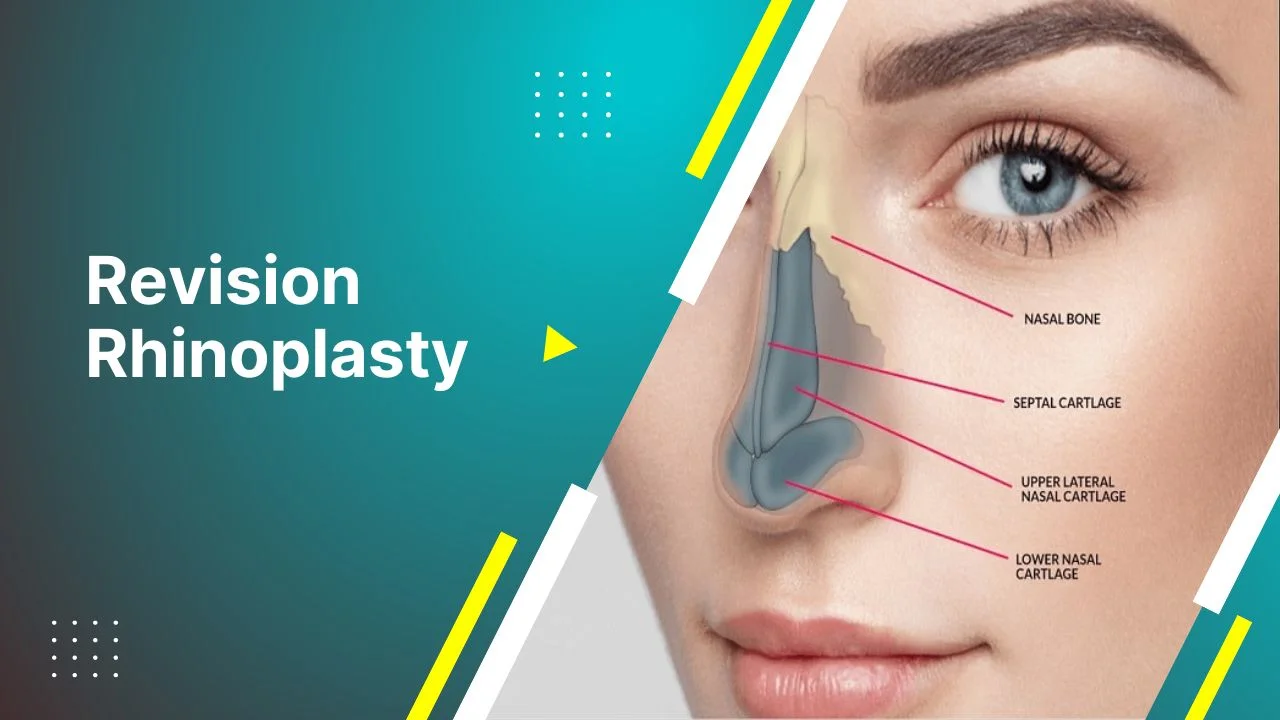Choosing the best method for neck lift surgery can be key to achieving a youthful and refined appearance. With advancements in cosmetic surgery, there are now several techniques available to address sagging skin, excess fat, and muscle banding in the neck area. Whether you’re considering a traditional neck lift or a non-surgical option, each method has unique benefits depending on individual goals and anatomy. This blog will guide you through the various neck lift techniques, helping you make an informed choice.
What is Neck Lift Surgery and Why Is It Performed?
Neck lift surgery, or “platysmaplasty,” is a cosmetic procedure designed to improve the appearance of the neck by tightening muscles, removing excess skin, and often reducing fat deposits. This surgery is commonly performed to address signs of aging, such as sagging skin, deep wrinkles, and muscle banding that can create a “turkey neck” appearance. As we age, skin loses elasticity, and fat distribution changes, which can make the neck appear loose or heavy. Neck lift surgery offers a solution by restoring a more defined and youthful neck contour, often enhancing the overall facial profile. Many people choose this surgery to boost self-confidence, as a well-defined neck can significantly impact a person’s appearance and sense of vitality.
The Most Popular Neck Lift Methods: Advantages and Disadvantages
There are several popular neck lift methods, each with its own advantages and disadvantages. The traditional neck lift is highly effective for individuals with significant sagging and loose skin, as it provides comprehensive tightening and contouring, but it requires a longer recovery period and leaves more noticeable scars. The mini neck lift, a less invasive option, is ideal for those with mild to moderate skin laxity, offering a quicker recovery and smaller incisions, though the results may be less dramatic. Liposuction is another popular choice for younger patients with good skin elasticity who primarily want to remove excess fat in the neck area, providing subtle improvement with minimal downtime.
Factors to Consider When Choosing Neck Lift Surgery
When choosing neck lift surgery, several important factors should be considered to ensure the best results and a smooth recovery process. First, it’s essential to evaluate the degree of aging or skin laxity in the neck area, as more significant sagging may require a traditional neck lift, while mild cases could benefit from a mini lift or non-surgical options. The patient’s overall health and medical history are also crucial, as certain health conditions may impact the suitability of the surgery or recovery. Age is another consideration—while neck lift surgery can be performed at various ages, younger patients may opt for less invasive techniques, while older individuals may require more extensive procedures for optimal results. Additionally, a realistic understanding of the potential results and recovery time is key, as neck lift surgery typically requires some time for swelling and bruising to subside. Finally, choosing a skilled, experienced surgeon who can assess your unique anatomy and recommend the best approach is vital for achieving a natural and satisfying outcome.
Expert Opinions: Which Neck Lift Method is More Effective?
Expert opinions on the most effective neck lift method vary depending on individual needs, age, and the extent of skin laxity. Generally, traditional neck lift surgery is considered the most effective method for individuals with significant sagging, deep wrinkles, or pronounced muscle bands. This technique offers long-lasting, dramatic results by addressing both excess skin and muscle laxity. However, for patients with mild to moderate aging signs, experts often recommend a mini neck lift. This method is less invasive, involves smaller incisions, and provides a faster recovery time, but it may not yield as dramatic results as the traditional surgery. For younger patients or those primarily concerned with excess fat, liposuction can be an excellent option. Liposuction removes fat and contours the neck, but it doesn’t address skin tightening, so it may not be suitable for those with significant sagging. Non-surgical methods like radiofrequency or ultrasound treatments are also growing in popularity, offering a non-invasive option with minimal downtime. However, experts typically agree that while these methods can produce subtle improvements, they are not as effective as surgical options for more noticeable changes. Ultimately, the choice of method should be made in consultation with a skilled surgeon who can tailor the procedure to the patient’s unique needs.






